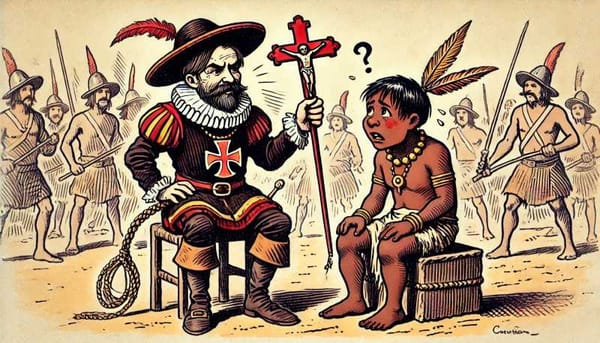Understanding the Economic Stimulus Package of 2023
The following are some of the most important facts to know about the 2023 Economic Package, including its purpose, its structure, the sectors it will help, and the date it is expected to be approved.

Before the end of October, the Chamber of Deputies will have to approve the 2023 Economic Package, here are some keys to understanding what it is, how it is composed, and when it could be approved.
On September 8, the Secretary of Finance, Rogelio Ramírez de la O, delivered the 2023 Economic Package, which is expected to focus on welfare, such as education and health, in addition to security.
What does the 2023 Fiscal Package contain?
The 2023 Economic Package consists of three elements:
General Economic Policy Criteria (CGPE): this document refers to the analysis of the national and international context of the economy. Here it is known how much money the government will receive and how much it will spend in 2023.
Federal Revenue Law Initiative (ILIF). This document contains the concepts that will allow raising resources to cover federal expenditures in the fiscal year.
This is divided into two categories: the first refers to ordinary revenues such as taxes, and income from the sale of goods, among others. While the second is focused on extraordinary revenues that are not obtained regularly, such as the sale of domestic goods, the contracting of external and domestic loans (borrowings), or the issuance of currency by the Bank of Mexico.
Federal Expenditure Budget Project (PPEF). Finally, this document is the proposal prepared by the Executive Branch regarding the way in which resources will be distributed and the objectives to be achieved during the following year.
The Chamber of Deputies will analyze, discuss and, if necessary, modify and approve the Federal Expenditure Budget. By the Federal Budget and Fiscal Responsibility Law (Ley Federal de Presupuesto y Responsabilidad Hacendaria, LFPRH), the Revenue Law must be approved by the Chamber of Deputies no later than October 20 and by the Senate no later than October 31.
What the 2023 Economic Package proposes
Taking into account the documents included in the 2023 Economic Package and the tentative date on which it would be approved by the Chamber of Deputies.
The federal government proposes to exercise a total net expenditure for 2023 of more than 8 trillion 299 thousand 647 million pesos, due to the fact that it foresees a budget deficit (debt) of more than one trillion 134 thousand 140 million pesos.
The goal is to boost the GDP and keep it stable.
Some of the things sought in this package are to guarantee that the debt as a percentage of GDP remains at a stable and sustainable level. The 2023 Economic Package establishes boosting physical investment of 3.6% of GDP, which includes infrastructure spending.
No tax increases or new taxes are foreseen.
This 2023 Economic Package does not contemplate increases or the creation of new taxes but is adjusted to inflation, which is expected to begin to decline in August of the following year.
The budget for social programs is guaranteed.
It is also expected to guarantee resources for social programs such as pensions for senior citizens, education, health, and security, but also an investment for the Mayan Train.




